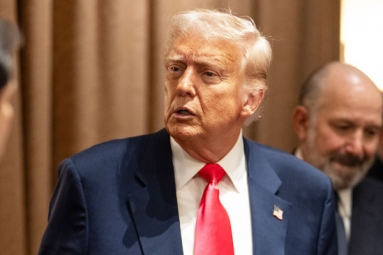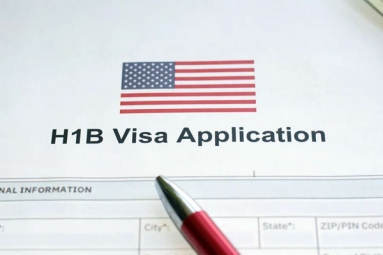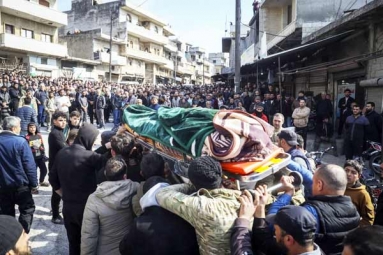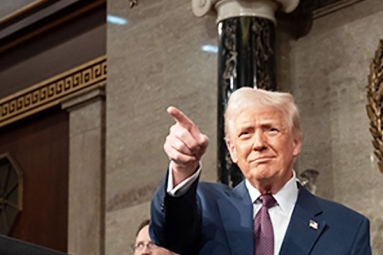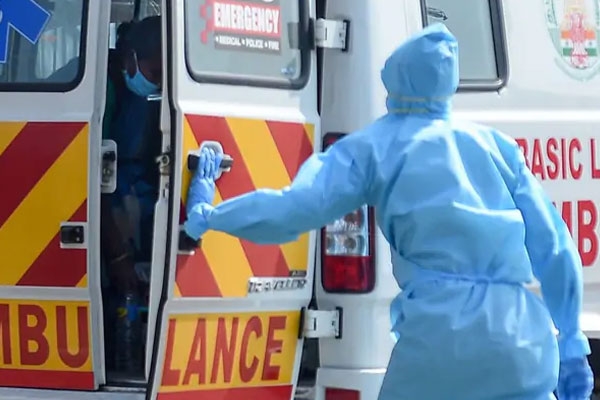
(Image source from: ndtv.com)
Entering into the third phase of the lockdown, the Lockdown 3.0, Indian government has allowed some ease in the restrictions. But, with the sudden relaxations, the novel coronavirus is likely spreading on an even bigger scale than before.
Whole the doubling rate of infection was 12 days before the relaxations, the same has now come down to 9.5 days. Not just that, even the daily death rate in India, which was a few dozen in mid-April has now spiked to over 100 daily.
There is still a long way to go to experience the aftermath that US and the European countries have been experiencing. With over 50,000 cases reported as of now, India’s per capita confirmed cases is a lot lesser in comparison to the other countries.
Just a single tour of the streets of Delhi shows us the real picture post relaxations. The streets which were once completely deserted are now piping with people and vehicles around. Not just the pedestrians, even bicycle rickshaws and other smaller vehicles dart in and out of the area without any restrictions.
While the people are wearing the masks as per instruction, majority of them are either wearing it on their chins, resulting in no possible benefit and some are not even following the social distancing norms, which is the biggest necessity as of now.
The liquor stores were opened on Monday by the government to recover the liquor tax revenue and the scene outside these shops was utterly shocking. There were no signs of social distancing and the entire situation was nothing but an utter chaos.
Even with police intervention and “lathi charge” at the ones disobeying the norms, there was no use because the crowds kept on growing. Even the scene in one of the liquor shops in Delhi showed hundreds of men fighting to buy whiskey, pushing each other around, holding crumpled notes in their hands.
With the rising heat of the summers, Delhi witnessed a sharp spike of 104 degrees just a few days back. Some of the lower class people who stay in cramped conditions and homes found it difficult to stay inside. Hence, they stepped out and mingled.
“There’s no police around, nobody is enforcing the lockdown, people are out everywhere,” said a shopkeeper.
The virus hot spots in India are in some of the crowded metropolitans and urban areas, Mumbai leading the list, closely followed by Gujarat and Delhi. About a third of the reported infections in the country are courtesy of Mumbai and Delhi.
With the lack of public awareness about the gravity of the situation, even the police officers find themselves in a dilemma and constant exhaustion, withdrawing from their duties during the night.
Local residents have reported that just as the police leaves the scene, people come out of their house and gather around, disobeying all the general rules of social distancing and the condition of the country.
Dharavi, which is the second largest slum in Asia, has reported over 600 infected cases. Given the kind of living situation that people are in such areas, it is next to impossible to make them practice social distancing. Majority of the people live face to face and even share communal toilets.
The condition has worsened to a point that the officials are scared that they might not have enough resources to battle an even bigger outbreak, especially if it starts spreading somewhere in the biggest slum in the country where millions of people reside.
“Testing labs, beds, facilities — they are all being overburdened with asymptomatic and mildly infected patients,” said Pradip Awate, an epidemiologist and chief surveillance officer in Maharashtra.
The first lockdown in the country was announced on March 25, 2020 wherein PM Narendra Modi shut everything down, from the flights, railway operations to even the schools and institutions across the country.
While majority of the people have religiously followed the rules and stayed inside their homes, worried about the poor health infrastructure of the country, there have been people who have not taken the situation seriously in the beginning.
But, unlike the rich and higher strata people in the country, the economic crisis has hit the daily wage workers and the poor people who face a hard time making ends meet. With no work and no source of income, people are crossing their level of desperation.
Hundreds of migrant workers have even resorted to walking on their foot to reach their villages to depend on their family and farm for two square meals a day.
With such consistent pressure, the Indian government has started introducing relaxations to the lockdown allowing small wedding ceremonies to resume, few buses to operate, businesses to be opened and even salons, electrical shops etc. to be opened again for business.
Right after that, the country started experiencing a surge in the number of confirmed cases along with the deaths. Indians are now wondering whether the relaxations were the reason behind the same.
Other than that, there are possibilities that the increased number of cases in the country could also be because of the increasing tests that are being conducted. The number of conducted tests were just 20,000 in late March but the numbers have now crossed a million.
Dr. S.D. Gupta, a public health expert and a member of the government’s Covid-19 task force reported saying that they further need to ramp up the testing to further get a better and complete picture of the coronavirus outbreak in India.
Dr. Gupta further said that it is still not clear whether or not India is still in the process of experiencing a dangerous upward trajectory. Everything depends on the tests that are being conducted.
But, he further warned the citizens and the officials that the countries growth curve of the new infections has not yet peaked. There are a whole lot of asymptomatic patients around which is one of the primary reasons why the officials need to be very vigilant with the easing of the restrictions.
“What we are seeing is the tip of the iceberg. Unless we do testing, we will never know how many cases we have. That’s a problem,” he further added.
By Somapika Dutta






